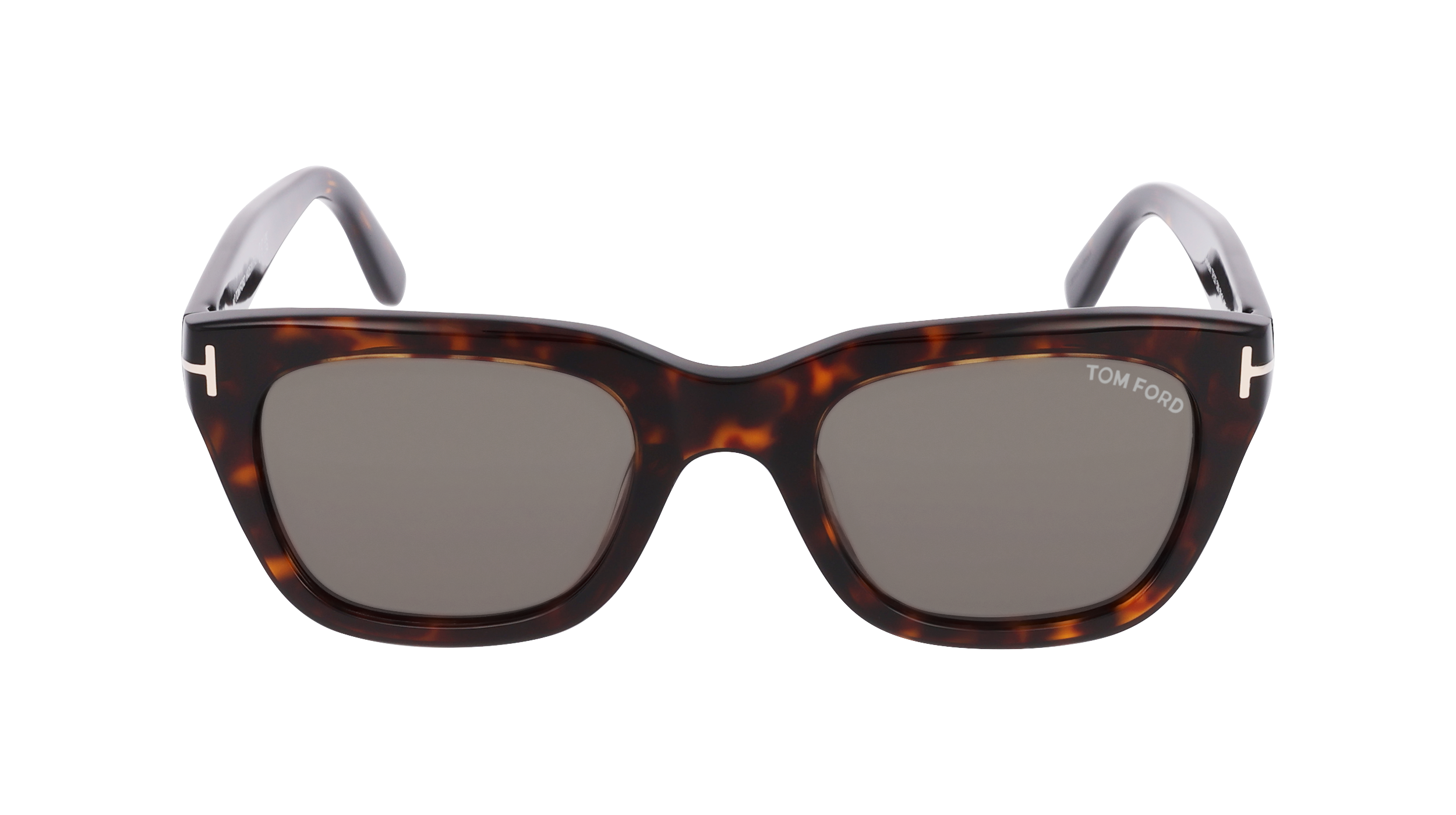Sólo hacemos una cosa pero la hacemos a la perfección: cuidar tus ojos
Sólo hacemos una cosa
pero la hacemos a la perfección:
cuidar tus ojos
Salud visual
En ÒPTIC Platja d'Aro, enfatizamos a nuestros clientes lo importante que es cuidarse la vista.
En nuestros casi 30 años como óptica, entendemos que buscas unas gafas de alta calidad, pero a veces olvidamos que los ojos son los principales protagonistas.
Salud visual
Es tan importante elegir unas buenas monturas, cristales o lentillas, como revisarte la vista periódicamente para asegurar que tus ojos están sanos.
Como profesionales en atención visual primaria, ponemos a tu alcance servicios de salud visual para la prevención, corrección y mejora de la salud visual en niños y adultos.
Te asesoraremos con mucho gusto.
Control de la miopía
Control de la miopía
La miopía es el defecto de visión más frecuente en todo el mundo. Esta crece cuando se produce un aumento en el tamaño del ojo. Unas de las técnicas más efectivas son la ortoqueratología (Orto-k) y las lentillas blandas bifocales.
Adaptación de lentes de contacto
Adaptación de lentes de contacto
Realizamos un estudio personalizado de tus ojos y estilo de vida para ofrecerte las mejores lentillas para ti. Nuestro objetivo es conseguir que utilices tus lentillas de una manera cómoda y, sobre todo, ¡segura!
Retinografía
Retinografía
La retinografía consiste en tomar una fotografía de la retina o fondo del ojo que se realiza para identificar el patrón de los vasos sanguíneos que hay en la retina. Es un sistema que ha demostrado su eficacia para el cribado y detección precoz de las principales causas de ceguera en nuestro país.
Terapia visual
Terapia visual
La terapia visual es un tipo de tratamiento optométrico cuyo objetivo es potenciar la visión y corregir los problemas visuales.
Optometría pediátrica
Optometría pediátrica
Realizamos un examen visual completo adaptado a la edad del niño. Esto El 80% de lo que aprenden les entra por los ojos. La detección temprana de algunas anomalías visuales es crucial para prevenir futuros desórdenes en el aprendizaje.
Taller de montaje
Taller de montaje
Te ayudamos a encontrar la montura que tanta ilusión te hace. En nuestro taller es donde acabamos de montar tus anteojos. Nuestro stock de lentes nos permite realizar trabajos con carácter de urgencia, ¡tus gafas pueden estar listas en una hora!
Tonometría
Tonometría
Consiste en la determinación de la presión interior del ojo y es fundamental en la detección precoz del glaucoma. El glaucoma es una enfermedad ocular que provoca un daño progresivo del nervio óptico, la parte del ojo que transmite las imágenes en el cerebro.
Topografía corneal
Topografía corneal
Utilizamos la topografía corneal para obtener un mapa muy preciso de tu córnea. De esta forma, podemos valorar si tu córnea es normal o si presenta alguna irregularidad de tipo patológico.
Quiénes somos
¡Más de 25 años de experiencia en óptica y con la misma ilusión del primer día!
Nuestro deseo es avanzarnos a los tuyos. Con propuestas de las principales firmas de lujo y diseños de autor creativos y diferentes. Algunas de estas firmas las distribuimos en exclusiva a Platja d’Aro.
Nuestros clientes,
nuestros mejores embajadores
EXCELENTETrustindex verifica que la fuente original de la reseña sea Google. Profesionales, competentes, amplia gama Me atendió Silvia: una crack y siempre con una sonrisa. Súper profesional, ofreciendo alternativas, buscando las mejores opciones, proponiendo y explicando con detalle las características de los productos En definitiva: excelente. Muy satisfecho y contento con lo comprado gracias a su ayuda y consejos Además la felicitación de Navidad…para enmarcar y guardar. Toda una obra de arte con alma y propósito. Gran trabajo e iniciativa. Felicidades!Trustindex verifica que la fuente original de la reseña sea Google. Muy contento con el servicio profesional recibido y calidad de los productos, compro regularmente mis lentillas progresivas, y renuevo mis gafas cada varios años. Altamente recomendable!Trustindex verifica que la fuente original de la reseña sea Google. Really profesional service!Trustindex verifica que la fuente original de la reseña sea Google. I’ve used ÒPTIC to repair my Maui Jim glasses a couple of times over the years, and the service is always fast, efficient, helpful and friendly - special thanks to Bojan and Silvana for their recent assistance
Colecciones
Eyewear deportivo
Ponemos a tu disposición las propuestas de las principales firmas del mercado en gafas deportivas. ÒPTIC Platja d’Aro somos óptica ICON de Oakley.
Shop
Conoce nuestras firmas de confianza

Tom Ford
350€

Tom Ford
350€

Tom Ford
350€








